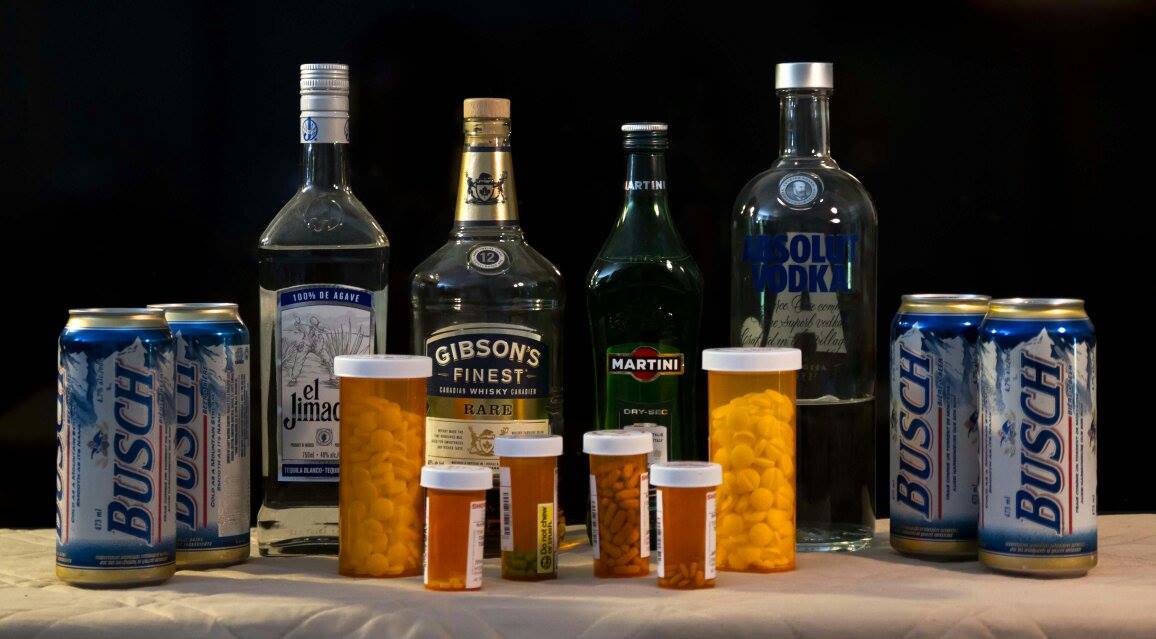Stout Beers, What is a stout beer, Best stout, American stout

Stout beers speaks to what is a stout beer, best stout and American stout.
Stout is made using roasted malt, barley and hops as well as water and yeast and are dark. They are known as stout or porter. These beers typically have a 7% or 8% alcohol by volume.
There are three main varieties of beers including Baltic porter, dry and imperial stout.
It was known as porter in the early 18th century as it was a popular dark beer with the river porters of London. It later became known as stout and the words have been intertwined since that time.
Stout beers were very popular in Great Britain but with the advent of pale ale its popularity decreased except in Ireland where the Guinness, Murphy’s and Beamish breweries grew in size. In fact they became the stout and porter suppliers of the world. Stout beers and porter was first understood to mean proud or brave but is now understood to mean strong.
In fact a stout beers are recognized as a strong beer. Stout is also considered a health drink by some which is used by diverse groups such as athletes and nursing mothers.
Types of Stout
Dry or Irish Stout
This stout is very dark or rich in colour and it often has a "toast" or coffee-like taste. The most famous example, Guinness, is from Ireland. The two other Irish dry stout breweries are Murphy's and Beamish. The alcoholic content and "dry" flavour of a dry or Irish stout are both characterised as light, although it varies from country to country.
Imperial Stout
These stout beers, also known as Russian imperial stout" is a strong dark beer or stout in the style that was first brewed in the 18th century by Thrale's brewery in London, England for export to the court of Catherine II of Russia. It is now known as Courage Imperial Russian stout and has an aclcohol by volume of as much as 10%. The higher alcohol content stopped the stout from freezing when in transport to Russia.
Baltic porter
A version of porter which is brewed in Denmark, Finland, Estonia, Latvia, Lithuania, Poland, Russia and Sweden. It has a higher alcohol content than ordinary porters.
Milk stout
The stout (also called sweet stout or cream stout) is a stout containing lactose, a sugar derived from milk. Because lactose is unfermentable by beer yeast, it adds sweetness, body, and calories to the finished beer. Milk stout was claimed to be nutritious, and was given to nursing mothers, along with other stouts, such as Guinness.
Oatmeal stout
Oatmeal stout is a stout with a proportion of oats, normally a maximum of 30%, added during the brewing process. Even though a larger proportion of oats in beer can lead to a bitter or astringent taste, during the medieval period in Europe, oats were a common ingredient in ale, and proportions up to 35% were standard. Because of the bitter taste there is very little oatmeal stout sold today.
Chocolate stout
Chocolate stout is a name brewers sometimes give to certain stouts having a noticeable dark chocolate flavour through the use of darker, more aromatic malt; particularly chocolate malt , a malt that has been roasted or kilned until it acquires a chocolate colour. Sometimes, as with Young's Double Chocolate Stout, and Rogue Brewery's Chocolate Stout, the beers are also brewed with a small amount of actual chocolate.
Coffee stout
Dark roasted malts, such as black patent malt (the darkest roast), can lend a bitter coffee flavour to dark beer. Some brewers like to emphasize the coffee flavour and add ground coffee. The alcohol by volume of these coffee flavoured stouts will vary from under 4% to over 8%.
Most examples will be dry and bitter, though others add milk sugar to create a sweet stout which may then be given a name such as "Coffee & Cream Stout" or just "Coffee Cream Stout". Other flavours such as mint or chocolate may also be added in various combinations.
Oyster stout
Oysters have had a long association with stout. When stouts were emerging in the eighteenth century, oysters were a commonplace food often served in public houses and taverns. The first known use of oysters as part of the brewing process of stout was in 1929 in New Zealand, followed by the Hammerton Brewery in London, UK, in 1938. Several British brewers used oysters in stouts during the "nourishing stout" and "milk stout" period just after the Second World War.
Modern oyster stouts may be made with a handful of oysters in the barrel or, as with Marston's Oyster Stout, just use the name with the implication that the beer would be suitable for drinking with oysters.
Return from stout beers to homepage
Hard copy and E book for sale. What's Killing You and What You Can Do About It. Click here.
Hard copy and E book for sale. Introduction to Building Mechanical Systems. Click here.